-
Ability Switches Increase Access for Our Students
with Complex Motor NeedsWhat are Ability Switches?
Ability switches provide people with significant physical limitations an alternative way to access their environment and increase their independence. Switches are used to operate computers, drive wheelchairs, communicate using speech-generating devices, play with switch-adapted toys, and control a variety of devices used for daily living such as lights, fans, small appliances and more.
Image: The little boy pictured below is using a Jelly Bean mechanical
switch to activate and play with a switch adapted toy truck.Image: The little girl pictured below has learned to control her wheelchair
with her head movement utilizing two Spec switches.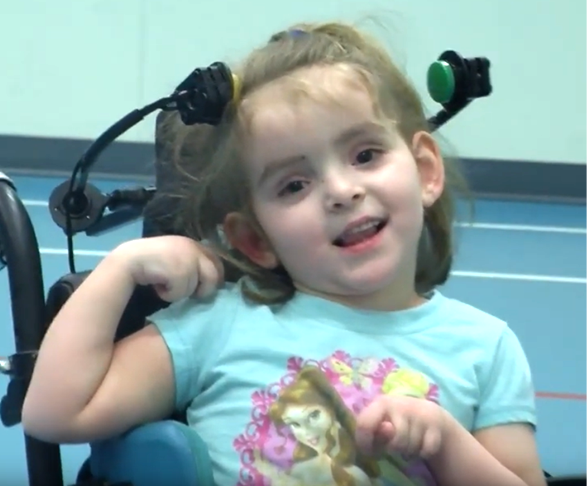
What are the different types of Ability Switches?
Mechanical Switches: Activated with physical pressure. Vary in size and amount pressure needed.
Examples: Jelly Bean, Ultimate, Saucer
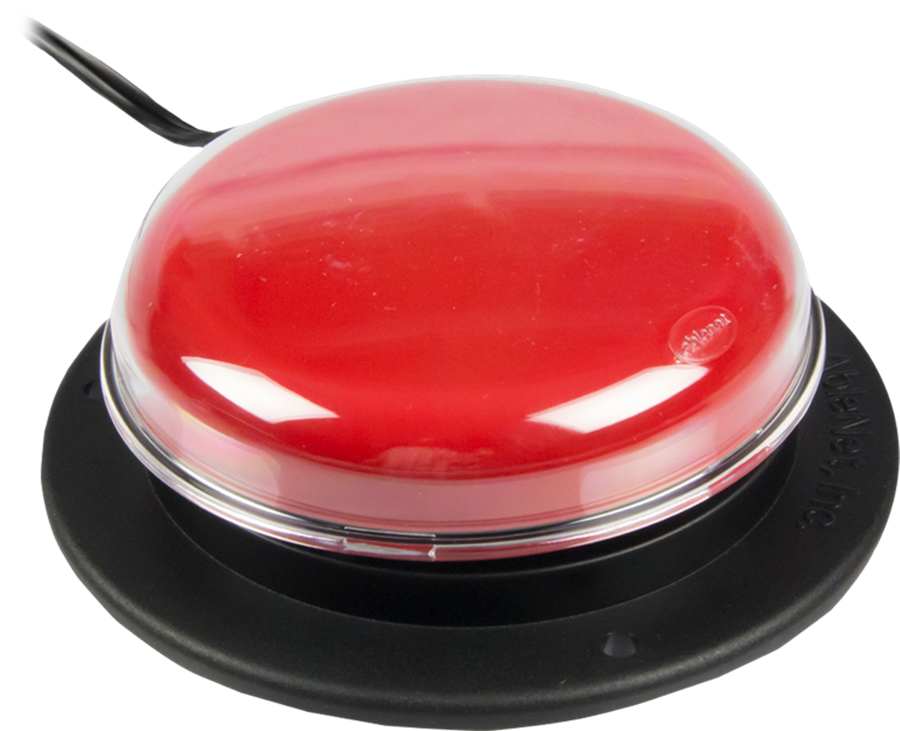
Proximity Switches: Activated by sensing movement. Great for those with limited range of motion or for those who struggle to apply pressure.
Examples: Candy Corn, Honey Bee
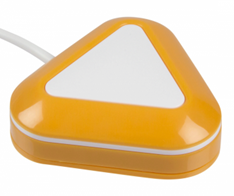
Pneumatic Switches: Activated via air pressure.
Examples: Grip squeezed by hand; and Sip & Puff uses oral air pressure
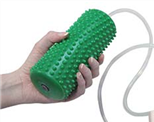
How do you determine which switches to use and where to place them?
This requires a switch assessment, a team-based process used to determine which switch, movement and switch site is the most appropriate for the individual based upon their specific capabilities and preferences. Switch assessment is a trial and error process. One student may be successful using their hand with a Jelly Bean switch mounted on their tray to activate switch-adapted toys. A student with a different abilities may need a proximity switch mounted on a Universal Arm that is activated by slight, volitional head movements to turn on small appliances.
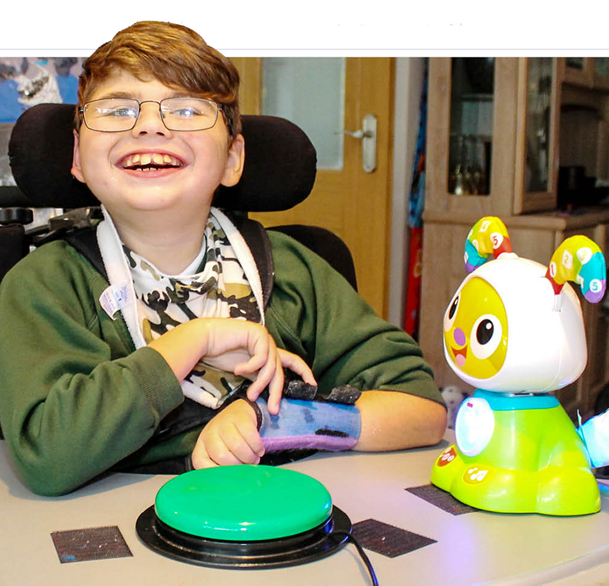
Page developed by the Orthopedic Impairment (OI) team at Columbia Regional Program, serving individuals from birth-to-21 with low incidence disabilities that have complex motor and communication needs.
Want to learn more? Contact a member of our team.
Return to Switches and other Access Methods page.




